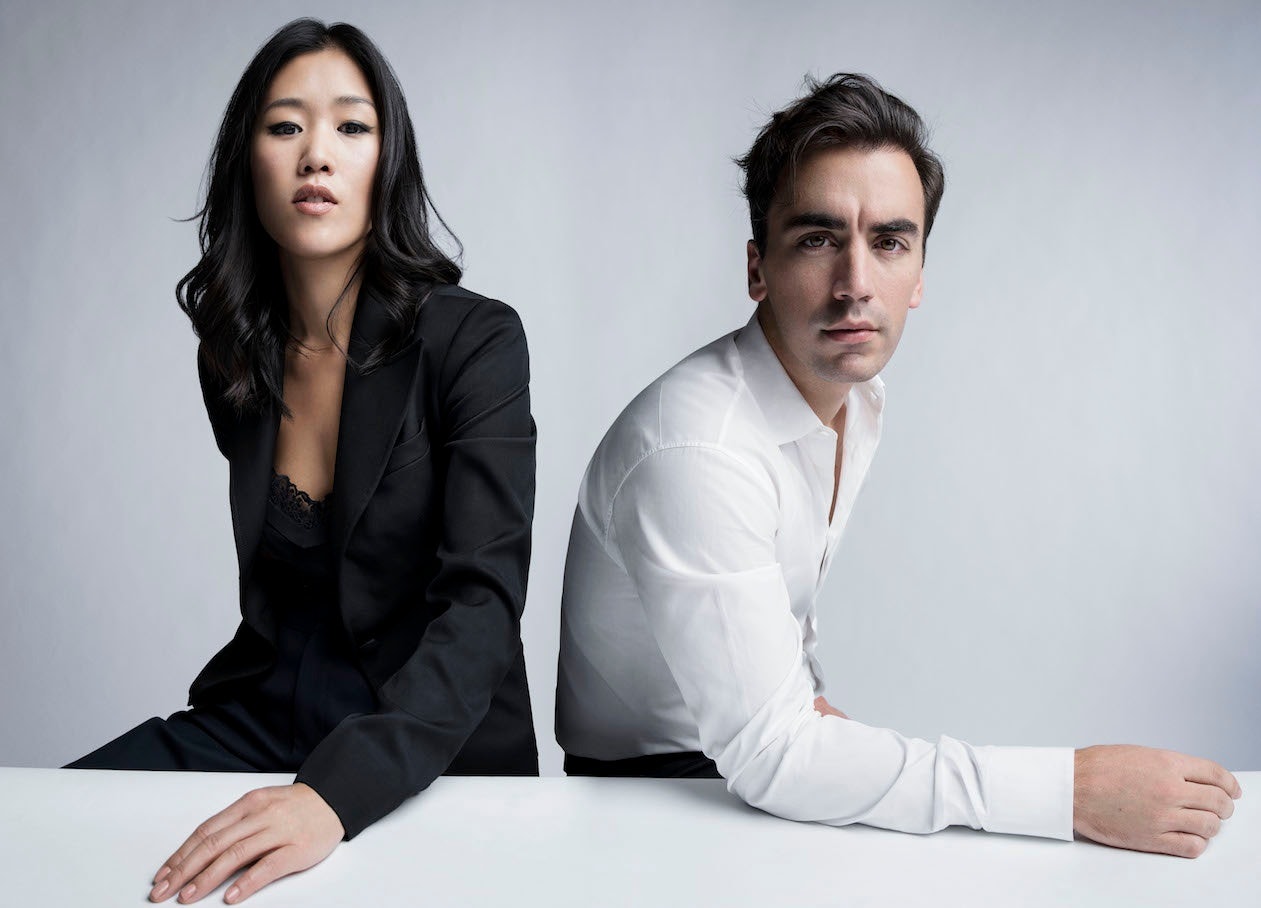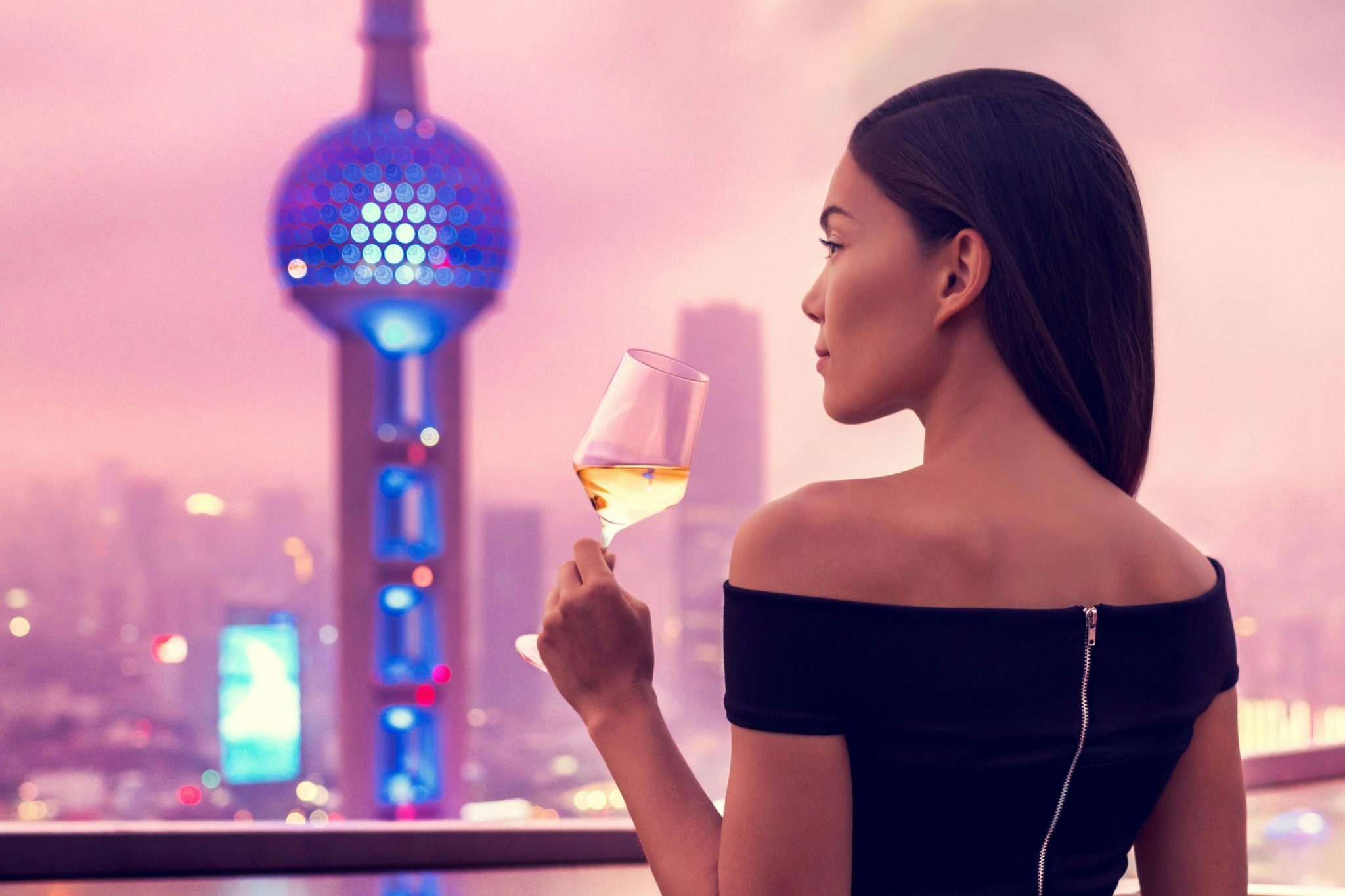On a Friday afternoon in New York City near Bryant park, Oscar de la Renta CEO Alex Bolen invited us to his office, which is home to the business team, the manufacturing and design departments, and personnel for the esteemed fashion house.
“You walk down the end of the hall and there are 25 people cutting and sewing fabric today, and that’s exactly how it was in 1965 when Oscar started,” Bolen said affectionately about the original designer Oscar (also his father-in-law) during our private tour of the brand that’s the "choice of the red carpet." On the floor where much of the production happens, the famous design duo Laura Kim and Fernando Garcia are busy among samples laid on the floor for their collection that’s to be shown in a mere three weeks.

Bolen has just returned from a trip to China where his mission was to learn how to sell the Oscar de la Renta story to Chinese consumers. The former Wall-Streeter with 14 years of experience in leveraged finance sat down for an exclusive interview with Jing Daily to discuss what he’s observed and why now, during a heated trade war, is the time for the brand to press onward in China.
The company has grown a lot under your leadership over the past 15 years, but the brand didn’t enter China until recently and you still don’t have a boutique there. How much does China currently contribute to the company’s business?#
The thing that really has gotten my attention over the last 12 months, is the amount of business we are seeing from Chinese, in our Western stores in London, New York, and LA, our Chinese traffic... is up 400 percent this year.
Our business, generally, around the globe, is based more on local traffic than on tourism traffic—typically we have people come into our stores who are not first-time visitors, whom we have ongoing relationships with, but that has not been the case with our Chinese customers. We are just now developing relationships with our Chinese customers.
We are seeing the impact of the trade war and a slowdown in the Chinese economy, and the Chinese government is also actively trying to boost domestic spending with new policies. Why are you seeing more outbound Chinese travelers now?#
On the one hand, the Chinese government is encouraging consumption at home, and there is an increased availability, so we are trying to address this. For example, I was on the phone this morning with a firm specializing in pop-ups for luxury brands in China. I think this a quick way for us to animate our brand locally, and we will need to do that in concert with other things.
WeChat is...also a fantastic way to promote your brand. We have our WeChat channel, but I want to do a mini-program. This way, we can be more commercially engaged with our consumers. I am starting to think maybe some fun watches on the mini-program ... is an interesting way for us to do something exclusively for the Chinese market.
Regarding the Trade War, I think for us, perhaps it’s okay because we don’t have that much business in China as of now. So while other people are concerned, maybe this is a good time for us to press. Likewise, with regards to currency, I have no goods that will lose value in China. These swings are temporary.
I will also tell you, in my experience, that the Chinese are probably the savviest in the world with regards to currency swings. If currency swings in Japan, they will go to Japan, if in Turkey, they will go to Turkey. They are smart to do that. Our job is to make sure we are present in Japan, in Korea... places that Chinese are depending upon the currency. But we need to do our job with the Chinese at home, so that when they do decide to go travel, we are on their mind, because I don’t think we are right now.
Oscar de la Renta has a reputation as the choice of social elites in NYC. Do you aim to be in the wardrobe of the Chinese elites, too?#
We do have a brand reputation for dressing the social elites. I am not entirely comfortable with that reputation, and I don’t say that’s true, it’s probably in our past. Look, we want to find people who are fans of fashion. I think when Oscar started in the business, it started with social elites, because that’s where the business was, but that’s very limited right now.
When I was in Hong Kong last week, staying at the Peninsula, I was interested in seeing who was in the elevator in the hotel, so I would come down in the morning. There were three women and men, one had a Chanel bag, one had a Balenciaga bag, and the other had Dior. They all had T-shirts, decorated and branded. It’s clear that the Chinese are developing a taste, a discernment, and a desire to consume luxury brands, and we want to be a part of that discussion.
They are not social elites, they are learning about fashion. Look, our goods come in a certain price point, and there’s probably a need for our customers to have a certain element of affluence, and we don’t intend to change that. Yes, we are dressy, but we are interested in streetwear brands. I think that’s an interesting thing for our creative director to consider how might streetwear be expressed within the Oscar de la Renta DNA.
And the bottom line for us is that we are concerned about discounting, and we don’t want people to misperceive our brand. I would rather be small, and slowly tell our story in a bigger way. Then, maybe the people in the Peninsula Hotel will get rid of their other stuff and buy Oscar de la Renta.
You work with JD.com. Do you see this as part of the big-picture strategy?#
We think JD and TopLife are important players in the Chinese market, JD in particular, as an independent brand. TopLife we have just gotten started with. We have good momentum, but it’s taking some time to figure out things like how to best ship things from New York to Shanghai, things like quality control, lots of things. To be honest, it’s better to learn about these things in a small scale and then apply them to a large scale, rather than start big and have issues.
What are your clients like in China in terms of style preferences, shopping behavior, etc.?#
We are discovering who our customers are in China. The customer we have in Lane Crawford at the landmark in Hong Kong, the "Hong Kongnese" woman, is one customer. The group we have in Chengdu is someone else. In Chengdu, we don’t have a big evening business yet. In Hong Kong, we have a big evening business and the day is less important. The Beijing customer is probably a more traditional customer, and the Shanghai one is a bit more fashion forward. But I am making generalizations, and there is much more nuance to it.
The good thing is that as a family business, we can take a long view. I don’t have to have the [China] business work tomorrow, but we want to be consistently focused on China, and we want to do it right.
This interview has been edited and condensed for clarity.


